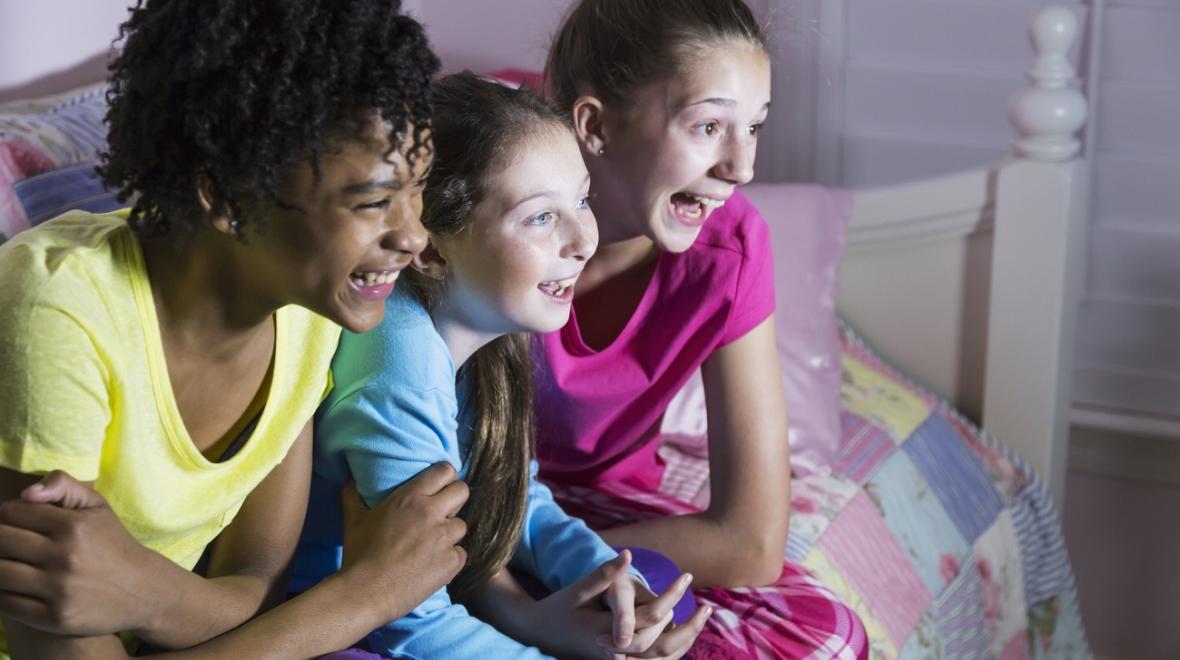
When I was a kid, animated Disney movies were automatically considered classics. Later, Pixar seemed to reinvent children’s films with every release. But there have been some flops and probably too many sequels. The days of uncritical adoration seem to have passed. In fact, Pixar’s newest animated feature, “Turning Red,” seems to have some parents seeing red.
Is it because of the PG rating?
Disney-owned Pixar generally tells original, contemporary stories with fantastical elements and plots driven by personal growth rather than evil spells. “Turning Red” falls right in the Pixar wheelhouse. Set in Toronto in 2002, it’s about Meilin Lee, a 13-year-old Chinese-Canadian girl who turns into a giant red panda under the influence of strong emotions.
“Turning Red” is rated PG. For language, the word crap in “Turning Red” is milder than the hell and damns in the (also PG) “Incredibles 2.” As for violence, panda Meilin scratches a boy’s face in a fight and later literally butts heads with her mother. It’s not nearly as terrifying as the toy torture in G-rated “Toy Story” that (like the anglerfish) gave my kid nightmares. As for crude humor, panda Meilin shaking her booty like an angry kitten is funnier than most of Disney’s butt jokes and too fuzzy to count as nudity.
Is it the mature theme?
“Mature themes” is often a euphemism for “sex.” How else can you explain G-ratings for “The Lion King” with two on-screen murders, and the burned villages and buried armies in “Mulan”? As eighth graders, Meilin and friends spend a lot of time thinking about boys. Meilin draws fantasy sketches of the teenage DaisyMart cashier, ogles gawky middle school basketball players and goes sparkly-eyed over an emo classmate. It’s not like she permanently abandons her friends and family for someone she saw from afar — like Mowgli and Ariel did in their G-rated movies.
But “Turning Red” does talk about menstruation. It’s only hypothetical; when Meilin turns into “a gross, hairy, smelly monster” her mother assumes she means that “the red peony has bloomed.” As the New York Times article makes clear, periods are appropriate for all ages. Children should learn about all basic bodily functions and adults should be comfortable hearing references to it. But maybe the real issue is that the movie focuses on females?
Another complaint that’s doing the rounds is that a Chinese female protagonist is unrelatable. That wasn’t a problem for the Italian fish Luca, but maybe I’m missing something. It is possible that there’s a reason besides racism and misogyny that would make the adolescent challenges of an Asian girl less relatable than those of a nonhuman.
Why the controversy?
That reason might be that Meilin and her friends are just so cringeworthy. The opposite of schadenfreude is fremdscham — vicarious embarrassment — and “Turning Red” has it in spades. I laughed so hard I cried. And then I cried for real at the agonies of embarrassment and shame these cinematic teens experience. But if you can’t relate to the cringe, I’m sorry to report that you might be misremembering your own adolescence.
The controversy around “Turning Red” seems at least partly manufactured. A Vox article points to a single retracted review that stirred up the same trolls who are banning books from school libraries. Critics rate “Turning Red” a Certified Fresh 95 percent on Rotten Tomatoes and even with the social media-driven campaign against it, the audience ratings give it a full popcorn bucket.
“Turning Red” may be about a girl turning into a giant red metaphor. But as my own 13-year-old said of the characters, “Can confirm. They are 13.” From the cringey crushes to the power of friendship, “Turning Red” captures the magic of early Pixar movies with a very true account of middle school growing pains. It made the girls in my family feel seen (and maybe the quietly supportive dad cooking dinner in the background, too). And it didn’t give anyone nightmares.











